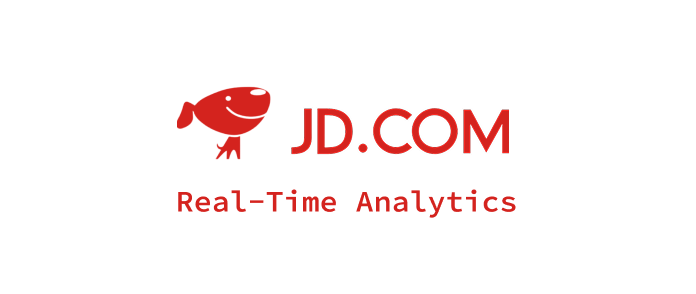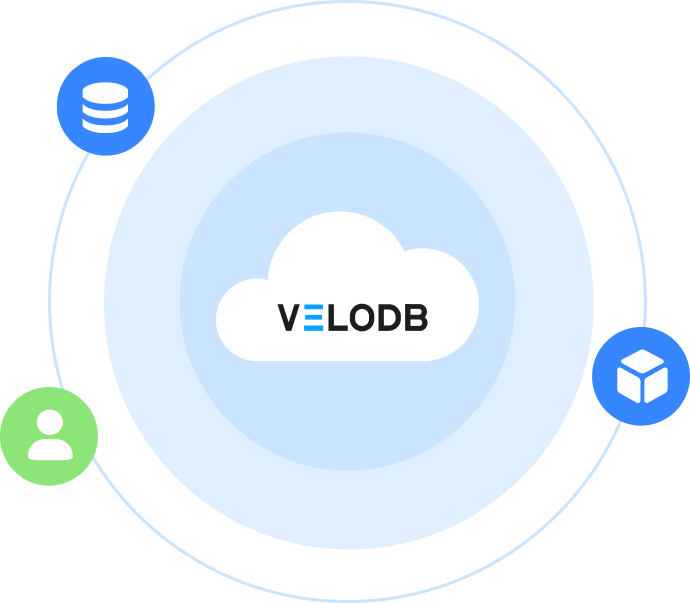What is Data Warehouse
1. Introduction
A data warehouse is a centralized repository designed to store, integrate, and analyze large volumes of structured data from multiple sources within an organization. Unlike traditional databases optimized for transactional processing, data warehouses are specifically architected for analytical processing (OLAP), enabling complex queries and historical data analysis. In the modern data-driven landscape, data warehouses serve as the foundation for business intelligence, reporting, and decision-making processes across enterprises of all sizes.
2. Why Do We Need Data Warehouse?
Organizations today face several critical data challenges that traditional database systems cannot effectively address:
- Data Silos: Business data scattered across multiple systems (CRM, ERP, financial systems) creates fragmented insights and inconsistent reporting
- Performance Bottlenecks: Transactional databases (OLTP) are not optimized for complex analytical queries, leading to slow report generation and system performance degradation
- Historical Data Loss: Operational systems often purge historical data, making trend analysis and long-term planning difficult
- Data Quality Issues: Inconsistent data formats, duplicates, and incomplete records across systems compromise analytical accuracy
- Scalability Limitations: Traditional databases struggle with growing data volumes and increasing analytical workloads
Data warehouses solve these problems by providing:
- Unified Data View through ETL/ELT processes that integrate data from multiple sources
- Optimized Query Performance with specialized storage structures and indexing strategies
- Historical Data Preservation enabling time-series analysis and trend identification
- Data Quality Assurance through standardized transformation and cleansing processes
- Scalable Architecture supporting enterprise-scale analytical workloads
3. Data Warehouse Architecture and Core Components
Overall Architecture
Modern data warehouse architecture follows a multi-tier approach, typically organized into three to five layers that separate data ingestion, processing, storage, and presentation concerns for optimal performance and maintainability.
Key Components
3.1 Data Source Layer
- Operational Databases: CRM, ERP, and transactional systems containing day-to-day business operations data
- External Data Sources: APIs, web services, files, and third-party data providers
- Real-time Streams: Event data, IoT sensors, and application logs requiring continuous ingestion
3.2 Data Integration Layer (ETL/ELT)
- Extract: Data retrieval from source systems using connectors, APIs, or file transfers
- Transform: Data cleansing, standardization, aggregation, and business rule application
- Load: Optimized data insertion into warehouse tables using bulk loading techniques
- Change Data Capture (CDC): Real-time identification and processing of data changes
3.3 Data Storage Layer
- Staging Area: Temporary storage for raw extracted data before transformation
- Core Warehouse: Centralized repository with integrated, cleansed, and transformed data
- Data Marts: Subject-specific subsets optimized for particular business units or use cases
- Archive Storage: Long-term retention of historical data for compliance and analysis
3.4 OLAP Processing Layer
- Multidimensional OLAP (MOLAP): Pre-aggregated data cubes for fast query response
- Relational OLAP (ROLAP): Dynamic analysis directly on relational tables
- Hybrid OLAP (HOLAP): Optimal balance between cube storage and relational flexibility
3.5 Presentation Layer
- Business Intelligence Tools: Dashboards, reports, and visualization platforms
- Analytics Applications: Statistical analysis, machine learning, and predictive modeling tools
- APIs and Web Services: Programmatic access for custom applications and integrations
4. Key Features and Characteristics
4.1 Data Schema Design
Modern data warehouses employ optimized schema patterns:
- Star Schema: Central fact table surrounded by dimension tables for simple navigation
- Snowflake Schema: Normalized dimension tables reducing storage redundancy
- Galaxy Schema: Multiple fact tables sharing common dimensions for complex analytics
4.2 OLAP vs OLTP Optimization
-- OLAP Query Example (Data Warehouse)
SELECT
d.year,
d.quarter,
p.category,
SUM(f.sales_amount) as total_sales,
AVG(f.profit_margin) as avg_margin
FROM fact_sales f
JOIN dim_date d ON f.date_key = d.date_key
JOIN dim_product p ON f.product_key = p.product_key
WHERE d.year BETWEEN 2020 AND 2024
GROUP BY d.year, d.quarter, p.category
ORDER BY d.year, d.quarter;
-- OLTP Query Example (Operational Database)
INSERT INTO orders (customer_id, product_id, quantity, order_date)
VALUES (12345, 67890, 2, CURRENT_TIMESTAMP);
4.3 Modern Cloud Architecture
Leading cloud platforms provide managed data warehouse services:
- Amazon Redshift: Petabyte-scale columnar storage with automatic scaling
- Google BigQuery: Serverless architecture with built-in machine learning capabilities
- Snowflake: Multi-cloud platform with automatic concurrency scaling
- Azure Synapse: Integrated analytics with on-demand and provisioned resources
4.4 Real-time Capabilities
Modern warehouses support near real-time analytics through:
- Stream Processing: Apache Kafka, AWS Kinesis integration
- Micro-batch Loading: Frequent small data loads instead of daily batch jobs
- Change Data Capture: Real-time synchronization from operational systems
5. Use Cases
5.1 Business Intelligence and Reporting
Organizations use data warehouses to generate executive dashboards, financial reports, and operational KPIs by consolidating data from sales, marketing, and finance systems.
5.2 Customer Analytics
E-commerce and retail companies analyze customer behavior, purchase patterns, and lifetime value by integrating web analytics, transaction data, and customer service interactions.
5.3 Financial Analysis and Compliance
Financial institutions leverage data warehouses for risk assessment, regulatory reporting, fraud detection, and performance analysis across multiple business units.
5.4 Supply Chain Optimization
Manufacturing companies optimize inventory levels, supplier performance, and demand forecasting by analyzing data from ERP systems, logistics providers, and market trends.
6. Key Takeaways
- Data warehouses centralize and optimize data for analytical processing, separating OLAP workloads from operational OLTP systems
- Modern cloud-based architectures provide scalability and flexibility with services like Snowflake, BigQuery, and Redshift offering auto-scaling capabilities
- ETL/ELT processes ensure data quality and integration from multiple sources, with ELT becoming preferred for cloud environments
- Dimensional modeling with star and snowflake schemas optimizes query performance for business intelligence and reporting
- Real-time capabilities are increasingly important, with streaming data integration becoming standard for competitive advantage
7. FAQ
Q: What's the difference between a data warehouse and a database?
A: Databases are optimized for transactional processing (OLTP) with frequent reads/writes, while data warehouses are designed for analytical processing (OLAP) with complex queries on historical data.
Q: Should I choose ETL or ELT for my data warehouse ?
A: ELT is generally preferred for modern cloud data warehouses as it leverages the warehouse's processing power and enables faster loading of raw data before transformation.
Q: How do I choose between cloud-based and on-premises data warehouses?
A: Cloud solutions offer better scalability, lower upfront costs, and managed services, while on-premises provides more control and may be required for strict compliance requirements.
Q: What is the difference between a data warehouse and a data lake?
A: Data warehouses store structured, processed data optimized for analysis, while data lakes store raw data in any format, requiring processing at query time.




